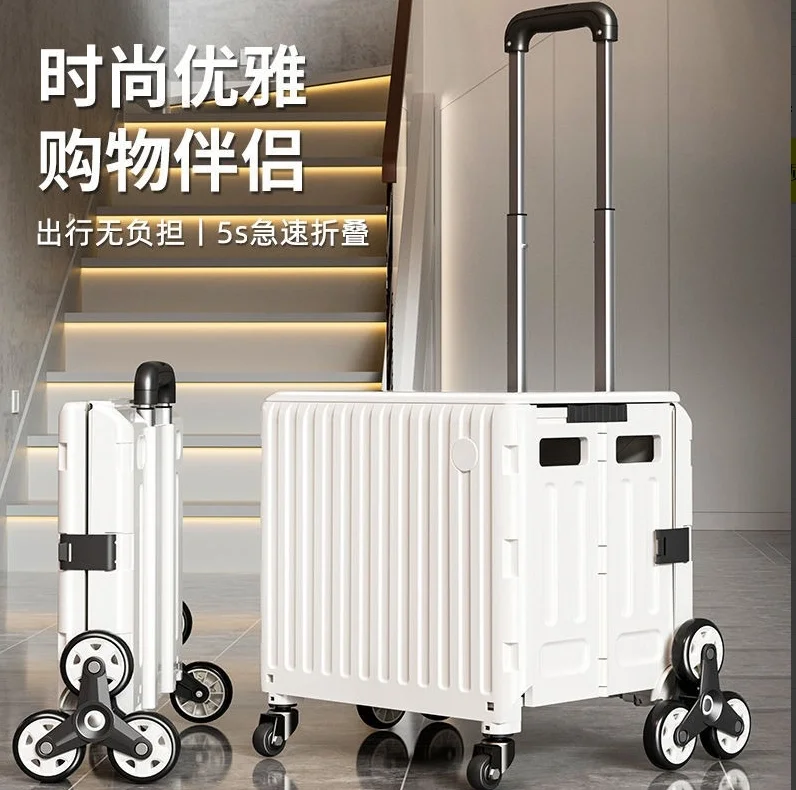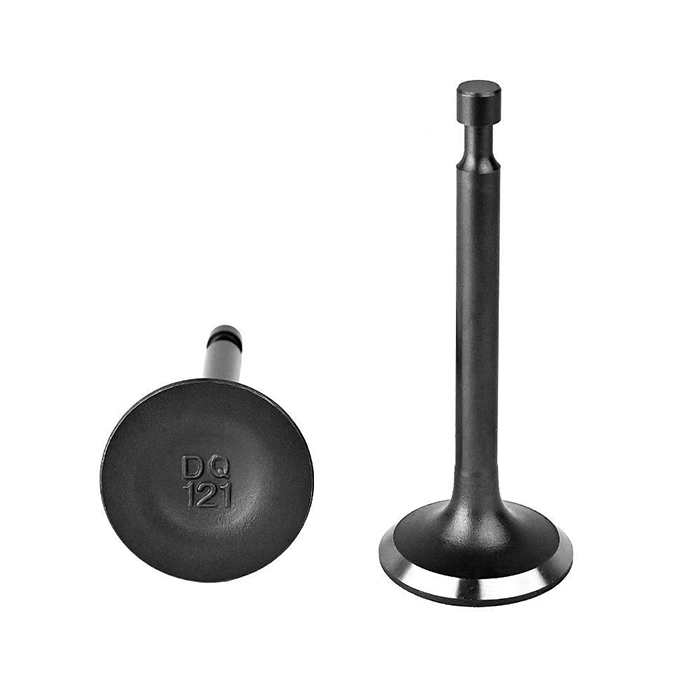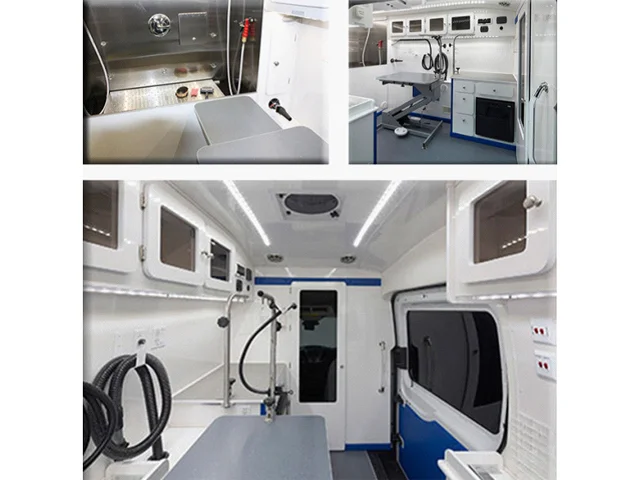In an increasingly interconnected world, the need for efficient and cost-effective transportation has never been more critical. Whether you are a budget-conscious traveler, a student navigating a new city, or a business professional seeking to minimize travel expenses, understanding the various modes of transport available can significantly impact your overall travel budget. This article delves into the cheapest modes of transport, analyzing their benefits, limitations, and practical applications.
- Public Transportation: The Backbone of Urban Mobility
Public transportation systems, including buses, trams, and subways, are often the most economical choice for getting around urban areas. These systems are designed to accommodate large numbers of passengers, which helps to keep costs low.
Advantages:
- Affordability: Public transport fares are generally subsidized by local governments, making them significantly cheaper than private transport options.
- Environmental Impact: Utilizing public transport reduces the carbon footprint per passenger, contributing to more sustainable urban environments.
- Convenience: Many cities have extensive public transport networks that can take you to most major attractions and neighborhoods.
Limitations:
- Scheduling: Public transport operates on fixed schedules, which may not align with your travel plans.
- Comfort: Buses and trains can be crowded, especially during peak hours, which may detract from the travel experience.
- Bicycles: The Eco-Friendly Alternative
Cycling has gained popularity as a cost-effective and environmentally friendly mode of transport. Many cities have invested in bike-sharing programs, making it easier than ever to rent a bicycle for short trips.
Advantages:
- Cost-Effective: Renting a bike is often cheaper than using public transport for short distances, and many bike-sharing programs offer affordable daily or monthly rates.
- Health Benefits: Cycling promotes physical fitness and can be a great way to explore a city at your own pace.
- Flexibility: Bicycles allow for greater flexibility in navigating through traffic and accessing areas that may be less accessible by public transport.
Limitations:
- Safety Concerns: Not all cities have adequate cycling infrastructure, which can pose safety risks for cyclists.
- Weather Dependency: Cycling may not be feasible in adverse weather conditions, such as rain or snow.
- Walking: The Ultimate Free Mode of Transport
Walking is the most basic and cost-effective mode of transport available. It is not only free but also offers numerous health benefits and the opportunity to experience a destination intimately.
Advantages:
- Zero Cost: Walking incurs no transportation fees, making it the cheapest option available.
- Cultural Immersion: Walking allows travelers to engage with their surroundings, discover hidden gems, and interact with locals.
- Health Benefits: Walking is an excellent form of exercise, promoting physical health and well-being.
Limitations:
- Distance Limitations: Walking is only practical for short distances, which may limit its applicability in larger cities.
- Time-Consuming: Walking can be slower than other modes of transport, particularly for longer journeys.
- Ridesharing and Carpooling: Economical Alternatives
Ridesharing services like Uber and Lyft, as well as traditional carpooling, can provide cost-effective transport options, especially for longer distances or when public transport is limited.
Advantages:
- Cost Sharing: Carpooling allows multiple passengers to share the cost of fuel and tolls, making it cheaper than solo driving.
- Convenience: Ridesharing services offer door-to-door transport, which can be more convenient than public transport.
Limitations:
- Variable Costs: Ridesharing prices can fluctuate based on demand, potentially making it more expensive during peak times.
- Availability: In some areas, ridesharing services may not be readily available, limiting their practicality.
- Long-Distance Buses and Trains: Budget-Friendly Travel
For longer journeys, long-distance buses and trains can be incredibly cost-effective. Companies like Greyhound, Megabus, and various regional train services offer competitive pricing compared to air travel.
Advantages:
- Affordability: Long-distance buses often provide the cheapest fares for intercity travel, especially when booked in advance.
- Comfort: Many modern buses and trains offer amenities such as Wi-Fi, power outlets, and comfortable seating.
Limitations:
- Travel Time: Buses and trains can take significantly longer than flying, which may not be ideal for time-sensitive travelers.
- Limited Routes: Not all destinations are accessible by bus or train, which may require additional transport arrangements.
Conclusion: Choosing the Right Mode of Transport
When considering the cheapest mode of transport, it is essential to evaluate your specific needs, including distance, time constraints, and personal preferences. Public transportation, cycling, walking, ridesharing, and long-distance buses or trains each offer unique advantages and limitations. By understanding these options, travelers can make informed decisions that align with their budget and travel goals.






+ There are no comments
Add yours